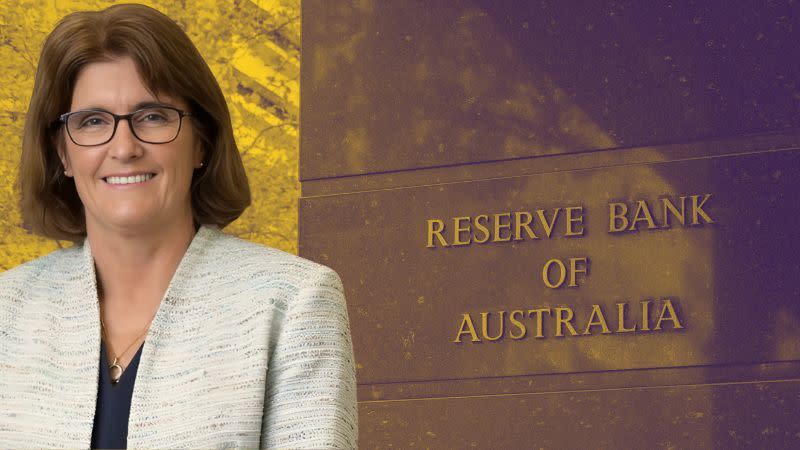RBA Delivers Third Rate Cut for Year as Inflation Eases

The Reserve Bank has cut the cash rate by 25 basis points—from 3.85 per cent to 3.6 per cent—its third reduction this year.
According to the RBA, inflation has eased to within its 2 to 3 per cent target range, while economic activity has slowed, creating room to lower borrowing costs.
The board said inflation had fallen substantially since the peak in 2022, as higher interest rates have been working to bring aggregate demand and potential supply closer towards balance.
“In the June quarter, trimmed mean inflation over the year fell to 2.7 per cent, broadly as expected in May,” the board said in a statement.
“Headline inflation, which has partly been affected by temporary cost of living relief measures, was 2.1 per cent, also as forecast.
“Updated staff forecasts for the August meeting suggest that underlying inflation will continue to moderate to around the midpoint of the 2 to 3 per cent range, with the cash rate assumed to follow a gradual easing path.”
But, the board said, uncertainty in the global economy remained.
“There is a little more clarity on the scope and scale of US tariffs and policy responses in other countries, suggesting that more extreme outcomes are likely to be avoided,” it said.
“Trade policy developments are nevertheless still expected to have an adverse effect on global economic activity, and there remains a risk that households and firms delay expenditure pending still greater clarity on the outlook.
“As in May, the forecasts assume that both effects weigh on activity and inflation in Australia for a period.”

After the meeting, Michele Bullock told media hopes of future rate cuts may be misplaced.
“Because we didn’t take rates as high as some other countries, it may be that we don’t need to reduce rates as much either,” she said.
She stressed there the RBA is not aiming for a target rate.
“We don’t have a point estimate for where we might end up,” she said.
“You’ll note that in the forecasts we have inflation coming back down to target and the unemployment rate remaining where it is with a couple of more cash rate cuts in there.
“That’s the best sort of guess.
“But things can change. And the board has to be taking things meeting by meeting.”
Developers, investors and analysts expect the move to lift activity across commercial and residential markets, with further cuts possible before year’s end.
Knight Frank chief economist Ben Burston said the cut “will help to renew market momentum in the second half of the year after a subdued June quarter for investment activity”.
He said global trade uncertainty had slowed decision-making but expected “a resumption of higher capital flows across the region” as clarity emerges, with further rate reductions strengthening the outlook for growth in Australian property markets.
Monash University economist Isaac Gross said the RBA “was gun shy in July” but had acted as underlying inflation fell to 2.7 per cent.
“We should expect to see one or two more cuts over the rest of the year as inflation continues to moderate,” he said.
REA Group senior economist Eleanor Creagh said the cut would ease some pressure on borrowers but warned “the underlying market pressure of persistent housing undersupply relative to population growth remain in place”.
“We expect home prices to continue rising in the months ahead, albeit at a more moderate pace than seen in previous easing cycles,” Creagh said.
In the land market, Oliver Hume chief economist Matt Bell said the decision would likely lift activity after July’s surprise hold slowed momentum.
“The two rates cuts to date have delivered six consecutive months of dwelling price growth and one of the biggest jumps in quarterly land sales in … Melbourne,” he said, adding today’s move could save a $750,000 mortgage holder more than $1300 a year.
“And for those trying to enter the market, the amount they can borrow rose significantly,” he said.
Bell said markets were divided on whether two or three rate cuts remained in the cycle but he expected one more by December and two more in 2026 to support land sales through to late next year.
Builders are also reporting signs of renewed confidence.
Metricon chief executive Brad Duggan said “this decision gives more Australians the confidence to take the next step, whether that’s building their first home or upgrading to better suit their lifestyle”.
He said July’s pause “put some momentum on ice and really was a lost opportunity to build critical customer confidence, but today’s cut will begin to build that confidence”.
Duggan said display-home visits were strong and “a third could be the tipping point that converts more interest into action”.
He said “to sustain this momentum, we need urgent action on planning and approval delays, land supply, infrastructure investment and building workforce capacity”.
Real Estate Institute of Queensland chief executive Antonia Mercorella called the cut “a timely and necessary move” but said it “must be complemented by action on the housing supply front to ensure affordability gains are not eroded”.
Finance Brokers Association of Australia managing director Peter White said “every reduction in the interest rate helps more people” to access funds for purchasing or refinancing, even as APRA holds its lending buffer.













